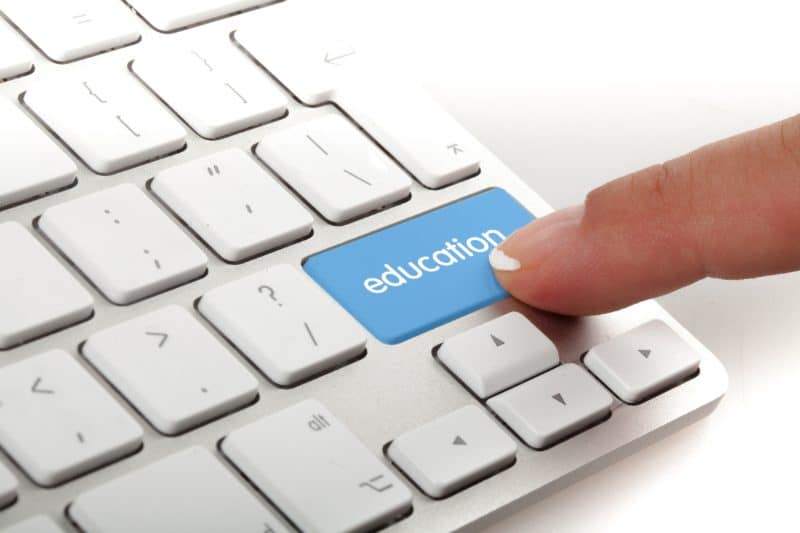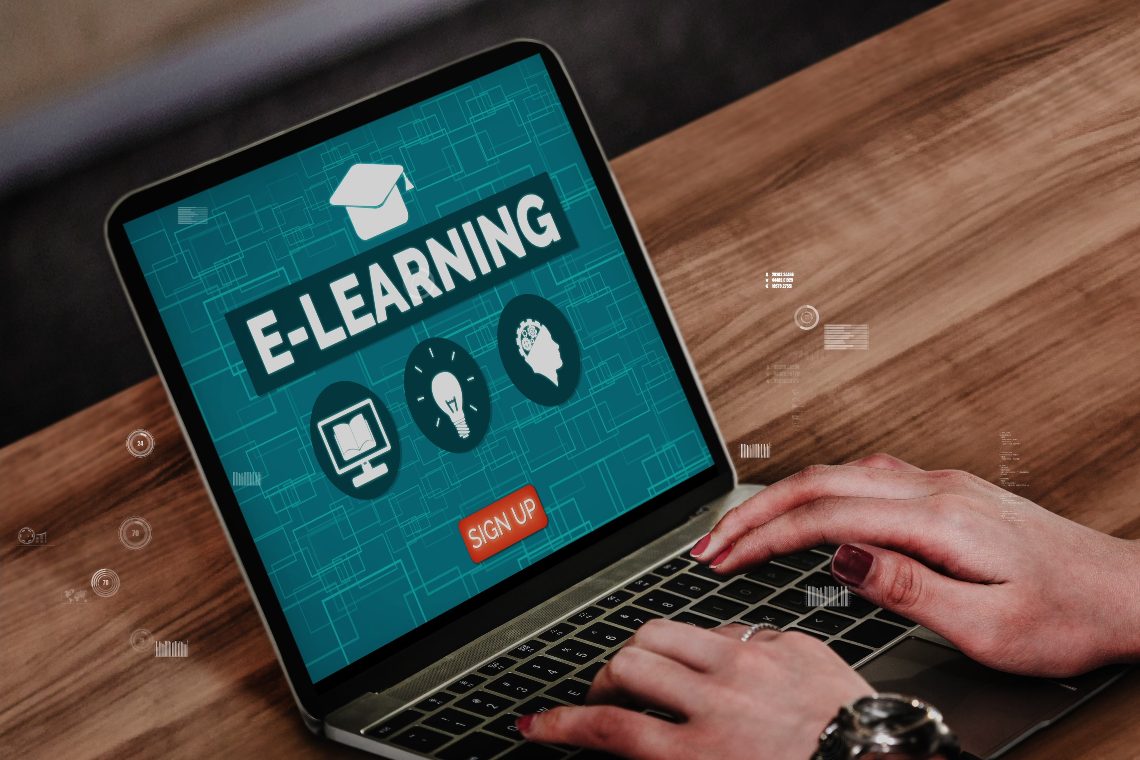SPONSORED POST*
Covid-19 has changed the way education is delivered, causing distance learning, also known as e-learning, to explode, bringing with it many problems: virtual reality can come to the rescue.
Covid and e-learning: the challenges
Education is a massive worldwide industry. Per one report from UNESCO in 2020, there are around 1.750 billion students in the school systems of the world, which is almost equal to the entire population of China and the United States combined. When the COVID-19 lockdowns started, 1.5 billion of these students were enrolled in “e-learning” by default.
It is no surprise that this worldwide system has major issues, despite the good intentions and hard work on the part of so many educators. Even before confronting the challenges of remote learning, there were numerous problems. One of the problems facing educators is lack of stimulation for the students. Another is having more students per teacher than the teacher can handle.
A massive barrier to a student effectively learning in general is the ability to see, touch and feel what they are learning about. Perhaps, they in fact, have never seen, touched or felt what they are attempting to learn about. This can be frustrating for educators and students alike, and make learning boring for students.
One problem noted for e-learning includes educators focusing on theory. Providing resources to touch, see, feel and DO the things being discussed in the lesson have proven far more difficult with e-learning. Another is the lack of motivation on the part of students.

E-learning, the contribution of virtual reality
Virtual Reality or VR is capable of resolving many of these problems in education by giving the student an in-depth learning experience like never before. One technology, known as 360 VR or VR video is where videos are captured using special cameras that are omnidirectional, thus enabling a film which captures an entire 360 degrees at the same time. This immerses the student like never before with experiences they will not forget easily.
Using this virtual reality format, footage of locations in real life are captured with special cameras and then taken back to the studio where they are made into content. This has already been used in education, resulting in a lot of resolved boredom and frustration as well as increased student motivation.
By giving students an opportunity to learn through a memorable and immersive experience, instead of just using traditional methods of reading and writing, their learning is boosted. Students’ reactions to VR are normally one of being instantly excited by it and interested in using it.
Another benefit of VR in learning is to help students practice to apply what they learned. By seeing how things are done and doing them in a gamified VR world, they can learn how to do something correctly and have as much fun as if they were playing video games.
Over the coming years and decades, education in the world will advance by leaps and bounds as VR is adopted by nation after nation, educator and educator. Whether public or private, whether they are from the East or West, VR will revolutionize the e-learning ecosystem and education.
Adding even more to this already exciting scenario is that Studyum has entered the world where e-learning and VR have already met.
Studyum
Enters Studyum. This new platform leverages a combination of technologies to build an immersive, motivating and effective educational experience. This includes:
- Virtual Reality
- Artificial Intelligence
- NFTs
- Cryptocurrency
The team behind Studyum recognized that not everyone learns the same way and what is easy for one student may be difficult for another. They saw that students learn information and retain new skills because the delivery is in a format that matches their learning style.
Studyum has built a full-stack online education platform that addresses and resolves each of the following problems:
- Educators and students don’t know the model of learning that is suited for them. Without an evaluation of what learning model will suit a student’s needs, they struggle to effectively study learning materials. This forms a barrier to retaining meaningful information in the long-term.
- Learning content is of poor quality. E-learning platforms to date have not had high-quality, engaging content.
- Educators inability to teach individual students. It isn’t feasible for educators to learn and know each student’s style of learning and provide tailored classes.
- Non-accountability. Students have not been held accountable for their own learning and this blocks their motivation to learn.
- Absence of tracking. The e-learning platforms that are in existence don’t track progress; this is a potential tool to create inspired students as well.
- Lack of a rewards system. Students on e-learning platforms and content creators have not been rewarded with revenue streams.
Harnessing the platform’s unique technologies allowed Studyum an opportunity to build the following:
- An AI-powered system that learns how people learn and identifies each individual students’ style.
- Educational content delivered in visual, auditory, and physical formats.
A system matching students and educators based on their learning and teaching styles.
A system that personalizes best-in-class expert-created content.
A platform made for students of any age, rewarding students as well as educators. - A gamified incentive system that rewards students with cryptocurrency and NFTs, powered by STUD tokens.
Putting all this together in a solid, fast and safe blockchain structure, Studyum is to revolutionize educational systems for students and educators. To ensure that the project is even more accessible, Studyum has adopted a multichain approach, with an IDO scheduled for 28th October on the OccamRazer launchpad and new partnerships underway, such as the BSC-based fundraising platform, Astronaut.
*This article has been paid. The Cryptonomist didn’t write the article nor has tested the platform.
The post How Virtual Reality is Revolutionizing the E-learning Ecosystem appeared first on The Cryptonomist.





















